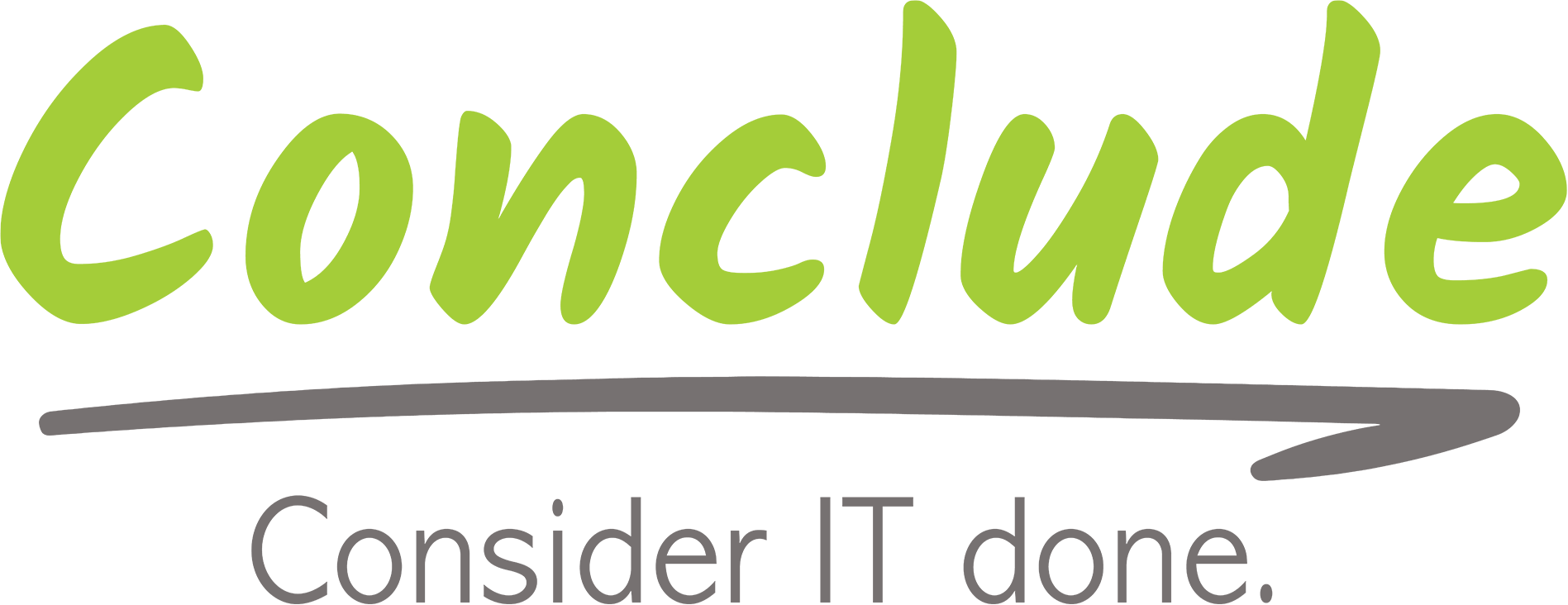
The Evolution of the Signature
Throughout human history, the signature has served as a personal mark of identity, authority, and trust. From the earliest forms of signing documents to today’s sophisticated digital signature technologies, the evolution of the signature reflects humanity’s journey toward more efficient, secure, and eco-friendly solutions.
Ancient Beginnings: Seals and Marks
The concept of a signature dates back thousands of years. In ancient Mesopotamia, around 3100 BCE, people used cylinder seals to mark clay tablets. These seals, often intricately designed, were pressed into wet clay to signify approval or ownership. Similar practices were seen in ancient Egypt and China, where individuals used unique symbols or marks to authenticate documents.
In the Middle Ages, monarchs and nobility used wax seals impressed with a signet ring to certify decrees and agreements. These seals not only represented authority but also prevented tampering, showcasing early efforts to ensure document security.
The Rise of Handwritten Signatures
With the advent of paper and widespread literacy, handwritten signatures gained prominence. By the 17th century, signatures were widely recognized as legal proof of identity. The use of signatures expanded across various fields, from business contracts to personal correspondence, becoming a cornerstone of trust in personal and professional transactions.
However, handwritten signatures were not without challenges. They could be forged, manipulated, or disputed, especially as global commerce expanded. The need for more secure authentication methods became apparent, setting the stage for technological advancements.
The Digital Age: The Dawn of Electronic Signatures
The late 20th century saw the rise of digital technology, and with it came the introduction of electronic signatures. These signatures, first legally recognized in the United States with the passage of the Electronic Signatures in Global and National Commerce Act (ESIGN Act) in 2000, revolutionized how agreements were authenticated.
Unlike traditional signatures, electronic signatures are validated using advanced encryption methods, ensuring their authenticity and security. They eliminate the need for physical documents, making transactions faster and more efficient. Electronic signatures quickly gained acceptance in industries like finance, healthcare, and legal services, where speed and accuracy are paramount.
Enter Wacom Signature Pads: Bridging the Gap
While electronic signatures provided efficiency, there was still a need for a user-friendly interface that mimicked the natural act of signing. Wacom Signature Pads emerged as a solution, offering an intuitive way to capture signatures digitally while maintaining the personal touch of handwriting.
These devices combine precision and reliability, allowing users to sign directly on the screen with a stylus. Wacom Signature Pads are equipped with biometric capabilities, capturing not only the visual representation of a signature but also the pressure and speed of the pen strokes. This adds an extra layer of security, making forgery nearly impossible.
The Environmental Impact
One of the most significant advantages of the shift from ink to digital signatures is the reduction in paper usage. Traditional paper-based processes are resource-intensive, requiring printing, shipping, and storage. Digital signature solutions eliminate these needs, contributing to a more sustainable and eco-friendly future.
For businesses, the environmental benefits also translate into cost savings. By adopting digital signature technologies, companies reduce expenses associated with paper, ink, and storage, aligning with modern sustainability goals.
Looking Ahead: The Future of Signatures
As technology continues to evolve, the future of signatures looks even more promising. Advances in artificial intelligence and blockchain technology are set to enhance the security and functionality of digital signatures. AI-driven verification processes and blockchain’s tamper-proof ledger system will ensure even greater trust and transparency in digital transactions.
Moreover, the integration of digital signature solutions with other technologies, such as smart contracts, will streamline workflows across industries. The ability to automate and authenticate agreements without human intervention will redefine efficiency in the business world.
Conclusion
From ancient seals to cutting-edge Wacom Signature Pads, the journey of the signature is a testament to humanity’s drive for innovation. Today, digital signatures represent not just a mark of identity but also a commitment to efficiency, security, and sustainability. As businesses and individuals embrace these modern solutions, the signature continues to evolve, adapting to the needs of a digital-first world.

